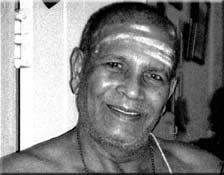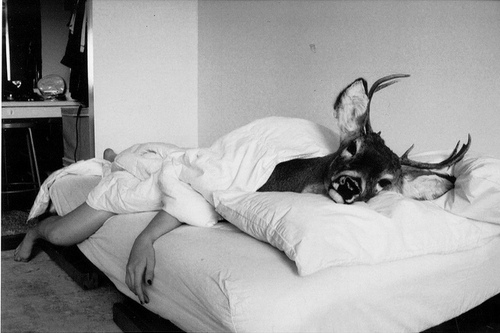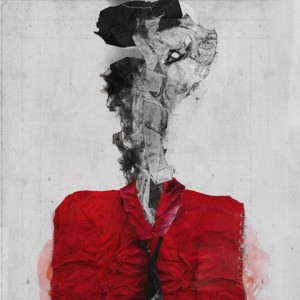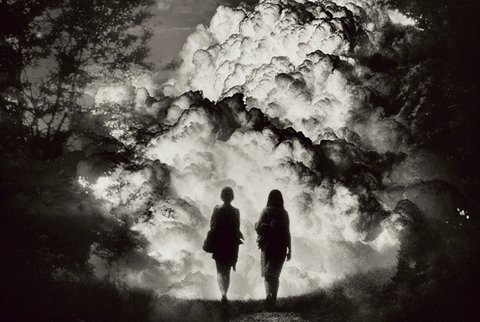(7 Day Intensive at Centre of Gravity, 180 Sudbury Street, Toronto, Spring, 2011. Talks by Michael Stone, notes by MH (with errancies, mishearings, conjectures.) This is talk 7 of 8 on Dogen’s text Time is Passing), written in 13th century Japan.)
Pattabhi Jois said: 99% practice, 1% theory – a nice cocktail, but too often we don’t get the 1% we can wrestle with critically.

Can you work with your partner (your friend, your lover, the one that wears your heart) to see flow especially in those times when there seems to be no flow? The point is not always to see flow (like a flow detective) but to have a view that is bigger than flowing and not-flowing. Can you have such a wide vision, an open field of receiving and regarding flows, that when things are not flowing, you can see that is also part of the flow? When it’s not flowing, when you’re stuck together, can you can see how you’re stuck, and how in this stuckness your view continues to circulate? If your curiosity and creative inquiry is steadily applied, this is what Dogen calls “complete effort.” You can get used to having good flow, especially if you eat good food and surround yourself with good people who support you and you look after yourself. But then it’s February and everything turns to ice and all you can think about is leaving for Bali. Again. Worried perhaps that one day even Bali won’t be Bali.

And through it all your breath is flowing, refusing preference. Never choosing another person, another nostril, a weather condition it would prefer. Always there, infinitely available. The breath offers lessons about generosity, about not having to choose. Can you listen to these listens and extend this generosity to yourself?
Chapter 15 of Time is Passing is a teaching of what’s going on beneath the surface, below words. The most important teachings of even the most eloquent teachers are not in their words, it lies in the way they show their practice. Can you feel that? Can you reach through the words, the projections, the parental fantasies and projections and find the Buddha in them? Do you know the story of the rabbi who travels days and weeks in order to arrive at last at the synagogue where a great rabbi is going to teach. “Have you come to hear the great sermons?” he is asked. And he replies, “No, I just want to see him tie his shoes.”
By practicing together, in community, you can be protected from the trouble you might get in by yourself. We support each other. Let the we flow through the old forms, the us, in this place, and then let it all go.
Dogen
Yaoshan asked, “I am familiar with the teaching of the Three Vehicles and twelve divisions. But what is the meaning of Bodhidharma coming from the west?”
Zen Master Daji replied:
For the time being have him raise his eyebrows and wink.
For the time being do not have him raise his eyebrows and wink.
For the time being to have him raise his eyebrows and wink is right.
For the time being to have him raise his eyebrows and wink is not right.
Bodhidharma brings dharma from India to China. What’s the fundamental point? Ed Brown once asked Shinryu Suzuki after a lecture, “Tell me, what’s the point?” Suzuki replied, “The point is to figure out what the point is.” Wait. Didn’t that give you any consolation? Aren’t answers supposed to be consoling wisdoms? Aren’t questions posed in order to be resolved? Put behind us, laid out neatly, like specimens in a museum. Jazz on vinyl?

Mahakassapa
The Buddha is sitting in front of the sangha about to teach on interdependence (again!) and intimacy. As Buddha sits down he seems temporarily distracted by a flower that he picks up and smells. He looks up at Mahakassapa who smiles. Maha gets it. The Buddha’s teaching is all in that flower, the attention he brings to the flower, the attention the flower brings to the Buddha – a Buddha and a Buddha. And by seeing this Mahakassapa shows that he is also a Buddha. Some feel that this story is the beginning of Zen, it is a practice that lies outside the scriptures. It is a demonstration that it’s possible to wake up without the scriptures. Instantly, in this moment. For the time being.
This story is reworked by Dogen into an exchange of winks and eyebrows. A glance that creates a Buddha (just one look/that’s all it took)
For the time being have him raise his eyebrows and wink.
For the time being do not have him raise his eyebrows and wink.
For the time being to have him raise his eyebrows and wink is right.
For the time being to have him raise his eyebrows and wink is not right.
True intimacy happens between beings, between Buddhas. There is intimacy when there is contact with anything, for instance, when you are tasting your food. There is so much intimacy in meeting food with your mouth. This is also being time.
When the Buddha picks up a flower and Mahakassapa recognizes the gesture, these Buddhas show how awakening is intimate and interactive. When we’re connected we can recognize the truths of others as they arise. Enlightenment or awakening includes many activities, even winking or moving your eyebrows. Being in your life is an interactive, interbeing activity.
Suzuki’s much repeated epithet: “Not always so.” What’s true for me right now might not be true for you right now. The only way we can find out is to explore the space between us, to risk contact in order to find intimacy. We need to talk. If you’re not connected to what’s important to your heart, your own alignment, to the conditions that are true for you right now, then it’s going to be hard for us to meet. The only way two people can have a relationship is if each knows what’s going on with them.

Attachment theory
If you were a parent for your parents when you were young, knowing in a deep way how they felt, holding their emotions for them, then as a young person you’re organized not to be connected to your own feeling. Your emotional habit patterns means that you will tend to rely on the other person to organize you. Attachment theory says: We’re all organized into different ways of attaching to people.
There was a famous attachment theory experiment that had a mother walk out of the room, leaving their child behind. Some kids reacted by “feeling not dealing” – so filled with feeling they were paralyzed. They didn’t know what to do. Others were busy “dealing not feeling,” as adults they might become the kind of people who are forever busy trying to fix things, but don’t know how to feel. Or else being distracted. Workaholics. Or else moving around things in their world as if they were chess pieces.
Practice is not a straight path. You might be triggered and become again that small brother speaking to your big sister, but the person speaking to you is not your big sister, and you have years more experience. The experience is a variation of a theme from your past, and perhaps their past, but it is not a precise repeat. There is movement and space, and in that space is the possibility for creative engagement.

Rumi: Out beyond ideas of wrongdoing and rightdoing,
there is a field. I’ll meet you there.
When the soul lies down in that grass,
the world is too full to talk about.
Ideas, language, even the phrase each other
doesn’t make any sense.
There’s no other time than what is arising right now. When you’re sitting at the airport bored, there’s no other time. This is the time being. Sometimes this. When the Buddha looks up and sees the morning star, or raises a flower, or winks: that is the depth of time for that time being.
Dogen:
For the time being mind arrives, but words do not.
For the time being words arrive, but mind does not.
For the time being both mind and words arrive.
For the time being neither mind nor words arrive.
These four lines describe four stages of practice. Perhaps we could swap the words mind and awakening, words and expression. So now the first line reads: For the time being awakening arrives, but expression does not.
1. The first line is about feeling the depth of the practice but not knowing how to think about it or how to express it. Like a teenager. There is a lot of feeling tone and experiences, but there aren’t words yet, only a collection of punk rock vinyls.
2. When we talk about it, it doesn’t sound right. You can express what’s going on, but it’s not all there, there’s a piece missing. You can lose it in the expression. Finished the teacher training too early.
3. Both mind and words arrive. You can express what’s going on. You have profound experiences that you can at last share.
4. Neither awakening nor expression. In this final stage we let go of everything. We stop getting caught in a vortex of rumination and depression. Instead you can respond to whatever is happening freely.
Each of these four lines, like the four noble truths, is a task to be performed (not a law to be followed).
1. being with everything with love.
2. Forget about love and just respond. Stop trying to be empathetic and acting with compassion – just respond.
3. Respond with love and awakening.
4. Respond by non-response. Let go in everything you do, go beyond who you think you are, all your ideas let them drop away. Just respond.
As a therapist I was faced with this question: how do you find compassion when you don’t like your client? How to get beyond all this liking and disliking? You don’t just sit with it, you do it. ACT UP.
You can work your way through these stages but they don’t end. You cycle through them. Why don’t you just practice-enlightenment? If you were enlightened what would you do today?




